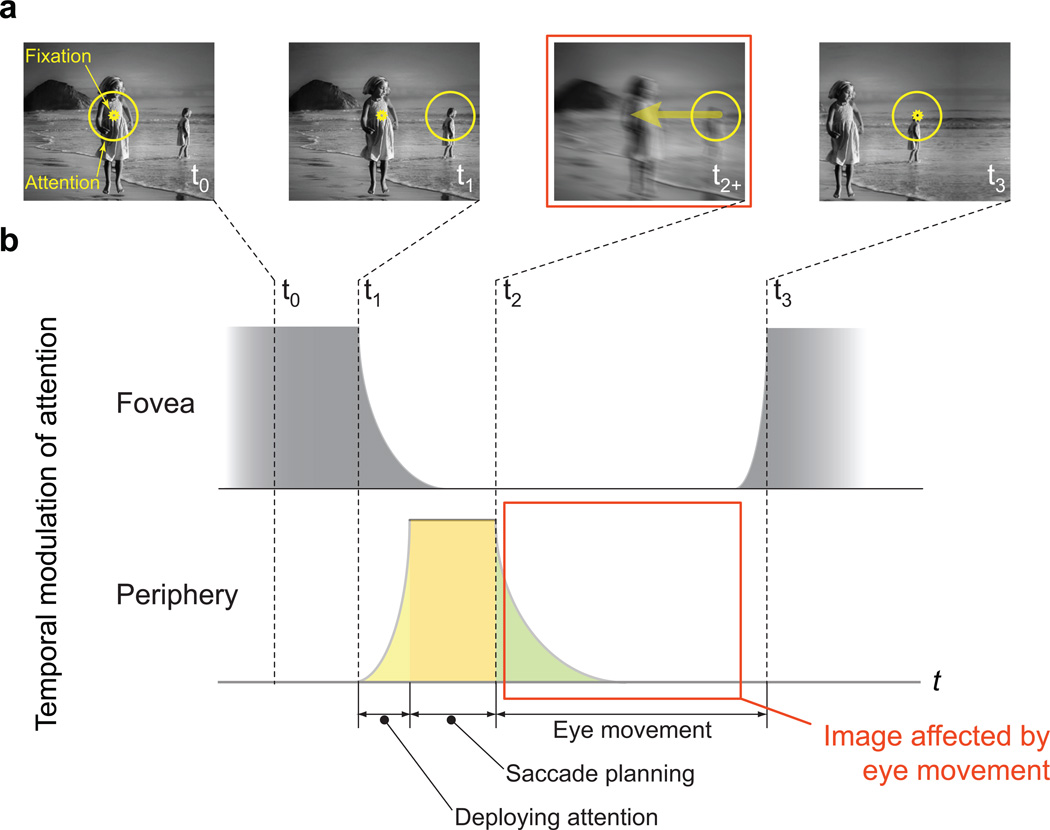Figure 2. The interaction of spatial attention and saccades.
(a) Typical sequence of fixation, covert deployment of attention to a salient object in the periphery and subsequent saccade to the attended spot. All illustrations are in retinal coordinates. The arrow (third panel) shows the direction of image displacement during the saccade. (b) Schematic of temporal modulation of spatial attention at the fovea and at the peripheral retinal location where covert attention was deployed. Because the saccade is elicited by covert attention, temporal overlap between attention and eye movement is most likely to occur when attention is at the covertly attended location in the periphery. We assume that at this peripheral location, during the time interval from the start of the execution of the saccade (t2) till the next fixation (t3) (red box), attention and eye movement overlap with a non-zero probability. The image displacement due to the saccade confounds the image statistics acquired during the overlap.

